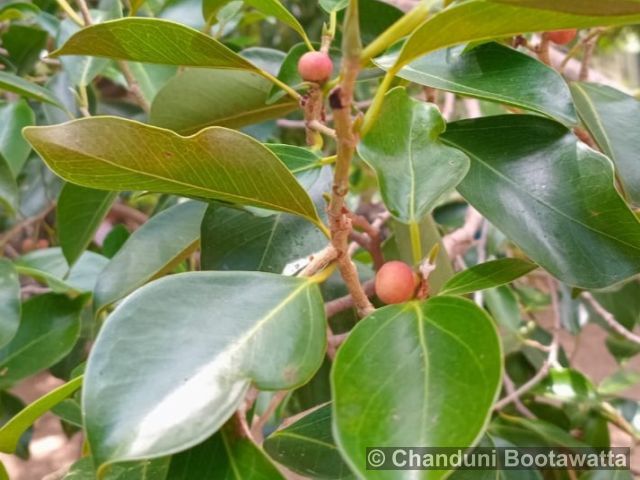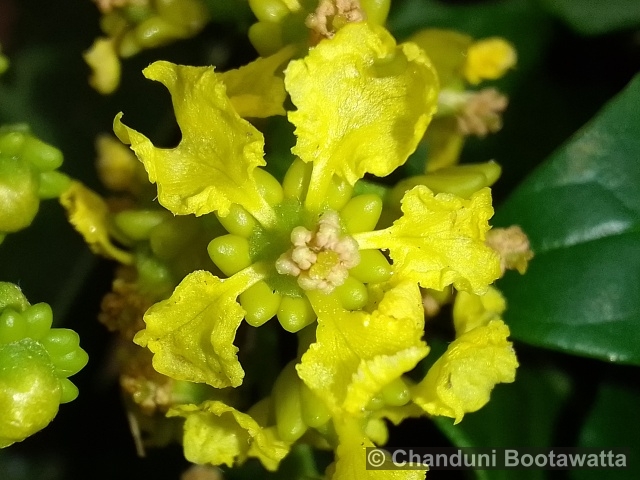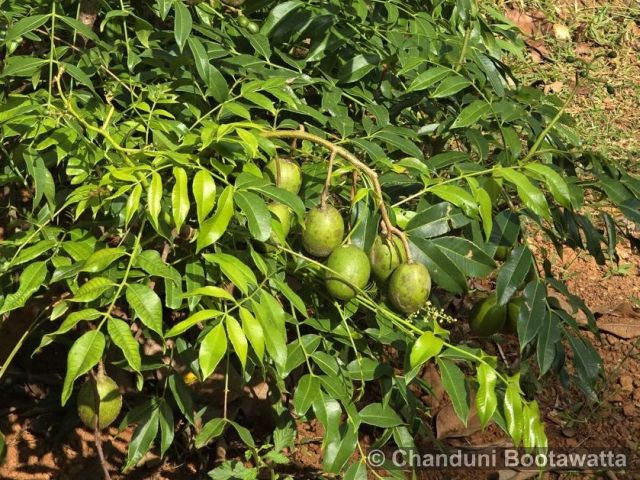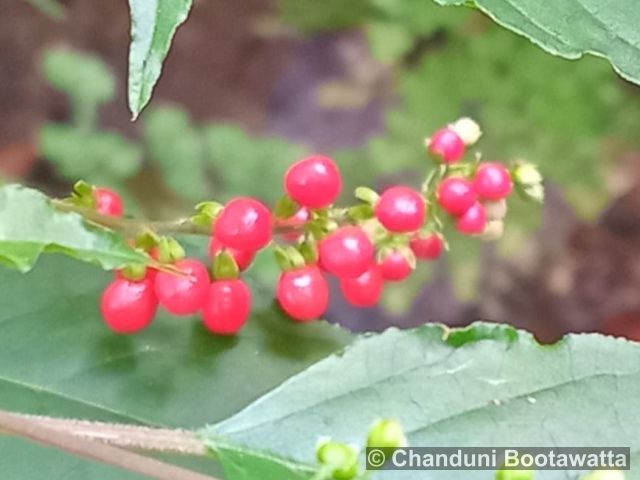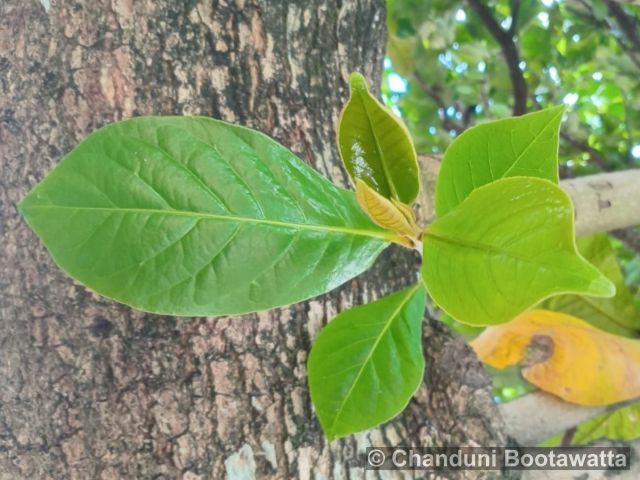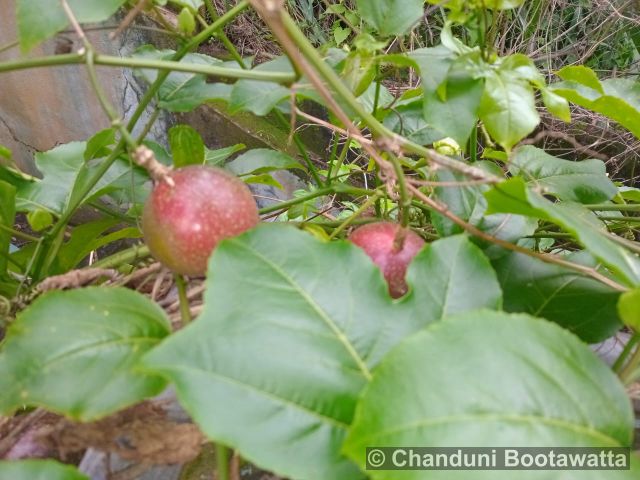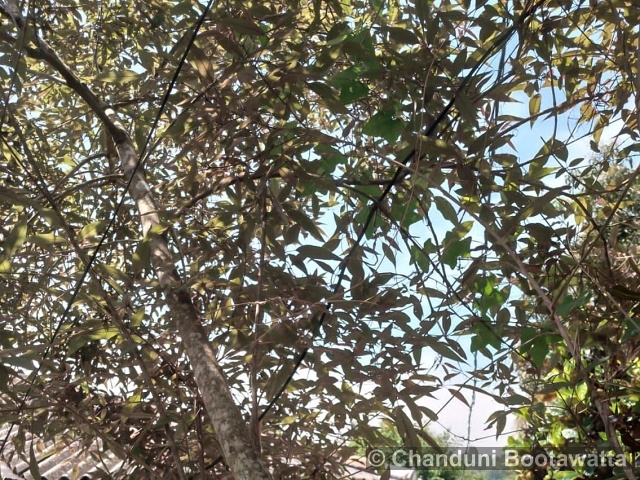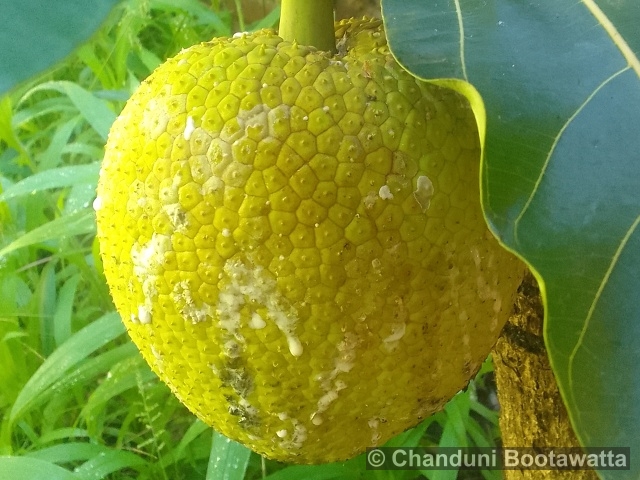Tento příspěvek byl přečten273krát!
Cattley guava, cherry guava
Syn.: Psidium littorale Raddi
Family: Myrtaceae
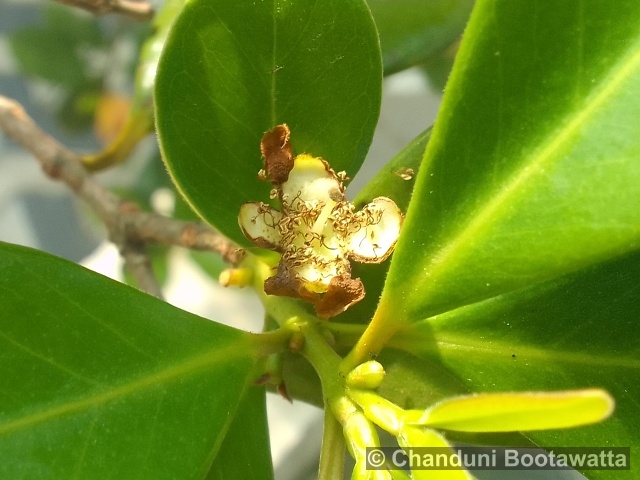
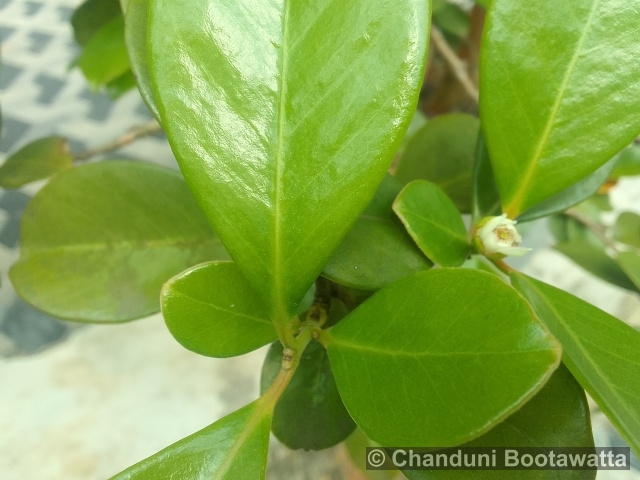
Description: The leaves are glossy, oval-shaped, and dark green, often tinged with red when young. The tree produces small, white flowers with prominent stamens, which bloom intermittently throughout the year. The fruits are round to oval berries, usually about the size of a cherry, with reddish-pink skin and sweet, aromatic flesh containing small seeds.
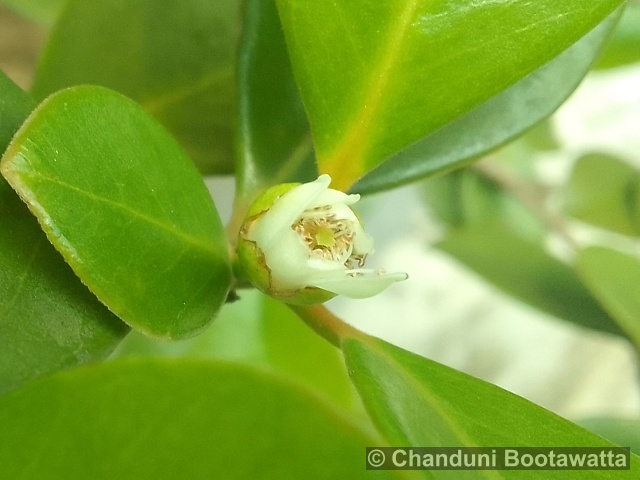
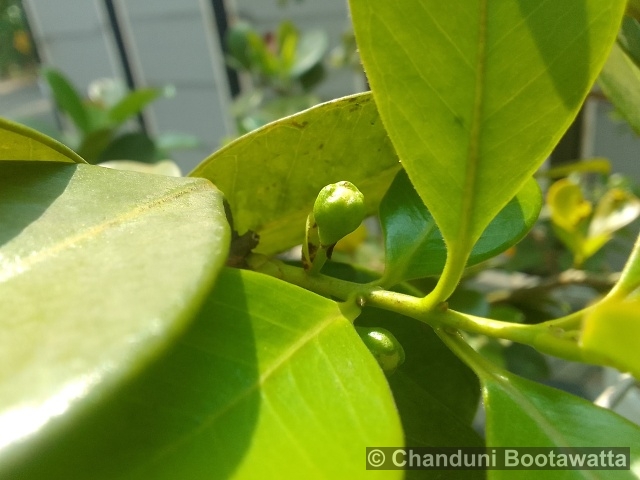
Substitutions: Psidium guineense: Also known as Brazilian guava or African guava, it shares similar characteristics to Psidium cattleianum and produces edible fruits with a flavor comparable to strawberry guava. Psidium friedrichsthalianum: Commonly known as Costa Rican guava or cas guava, it is another species within the Psidium genus that produces edible fruits similar to strawberry guava, though with some differences in flavor and appearance.
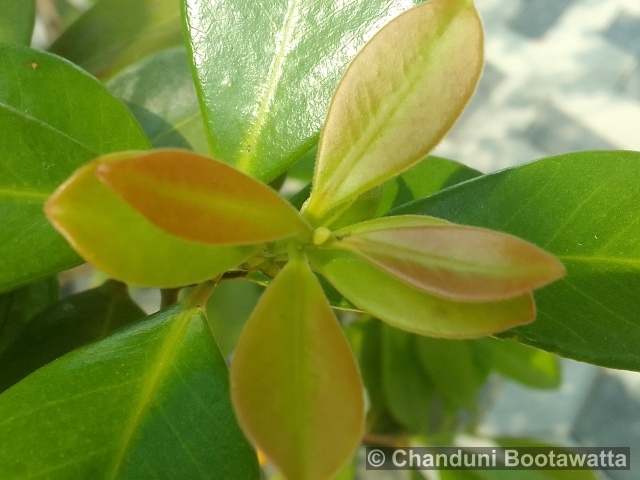
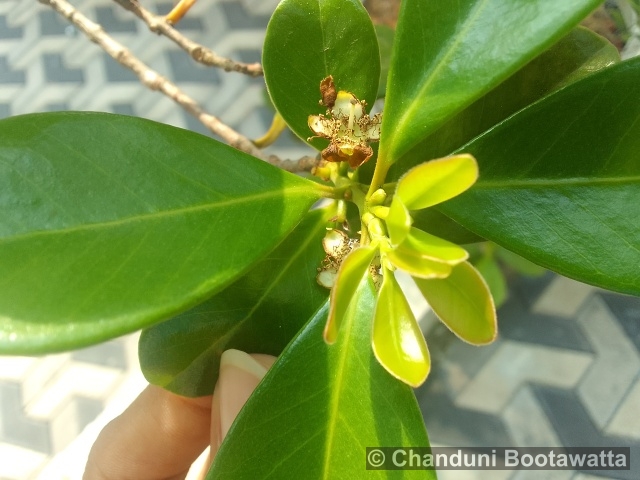
Ecology: Psidium cattleianum thrives in tropical to subtropical climates with warm temperatures, typically between 15°C to 30°C (59°F to 86°F), and high humidity. It prefers well-drained, fertile soils with a slightly acidic to neutral pH, rich in organic matter. Adequate sunlight and moisture are essential for optimal growth and fruit production.
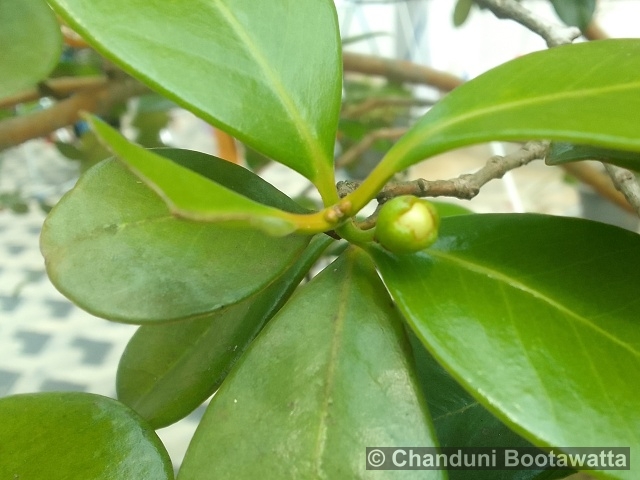
General Distribution: Distributed in tropical and subtropical regions worldwide, with significant populations found in South America, particularly in Brazil, and widespread cultivation in regions like Hawaii, Florida, and parts of Southeast Asia.
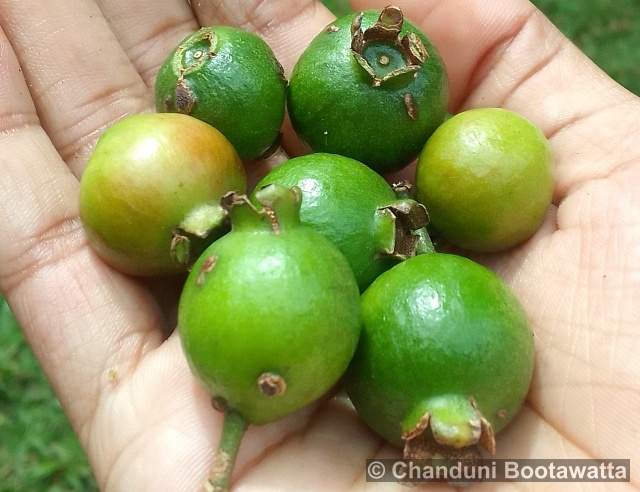
Use: Strawberry guava fruits are commonly consumed fresh, used in jams, jellies, and beverages, prized for their sweet-tart flavor reminiscent of strawberries. Additionally, the leaves of the tree are sometimes used for medicinal purposes, believed to have various health benefits including as a remedy for diarrhea and stomach ailments.
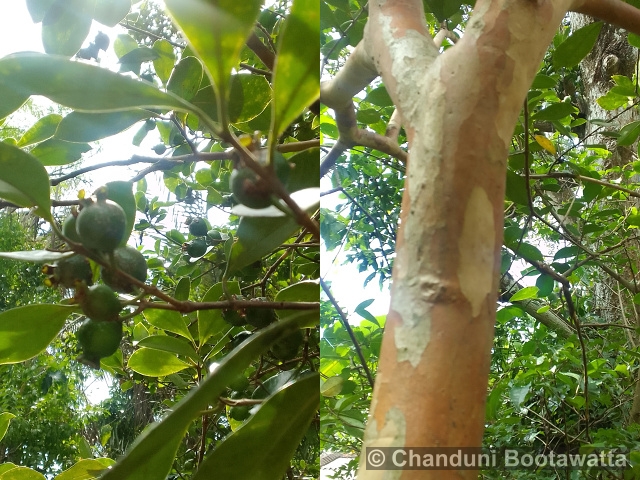
Author of text and photos: Chanduni Bootawatta.
Photographed Matale, Sri Lanka on 20/03/2024.



 Poslat emailem
Poslat emailem